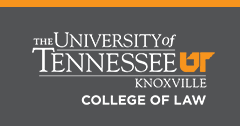Abstract
This paper will examine the ecological status and prospects of Panama's reverted areas, meaning those areas returned to the country with the reversion of sovereignty over the Panama Canal lands. Following an introductory Part I that highlights Panama's biological diversity, Part II will isolate some of the development pressures facing the reverted areas and those closest to central Panama City in particular. In addition, Part II will describe the extent of the reverted areas and identify their biological, environmental, social and economic value both to Panama City and the Republic. Part III will discuss the importance of protecting the reverted areas in light of global accords on biodiversity and tropical forest protection. Part III will additionally consider existing legal protections under Panamanian law and identify other examples of the legal protection of protected areas and biodiversity in the region by suggesting ways in which the Panamanian legal protections might be strengthened. Finally, Part IV will consider the prospects for successful protection of the reverted areas and will conclude with justifications and recommendations for a successful strategy to ensure the long-term viability of the reverted areas as protected areas and biodiversity havens.
Recommended Citation
Crawford, Colin
(2014)
"Saving Biodiversity at the Crossroads of the Americas,"
Tennessee Journal of Law and Policy: Vol. 4
:
Iss.
2
, Article 5.
Available at:
https://trace.tennessee.edu/tjlp/vol4/iss2/5

